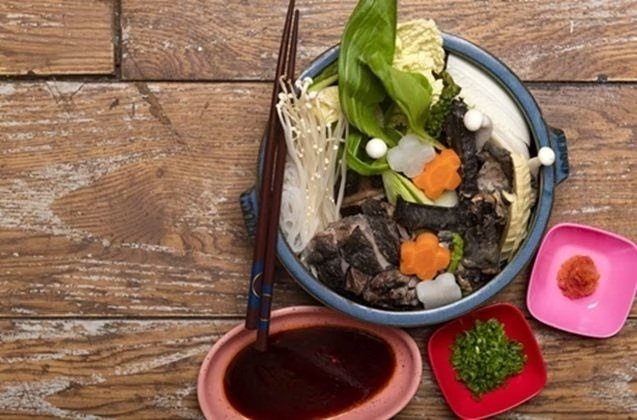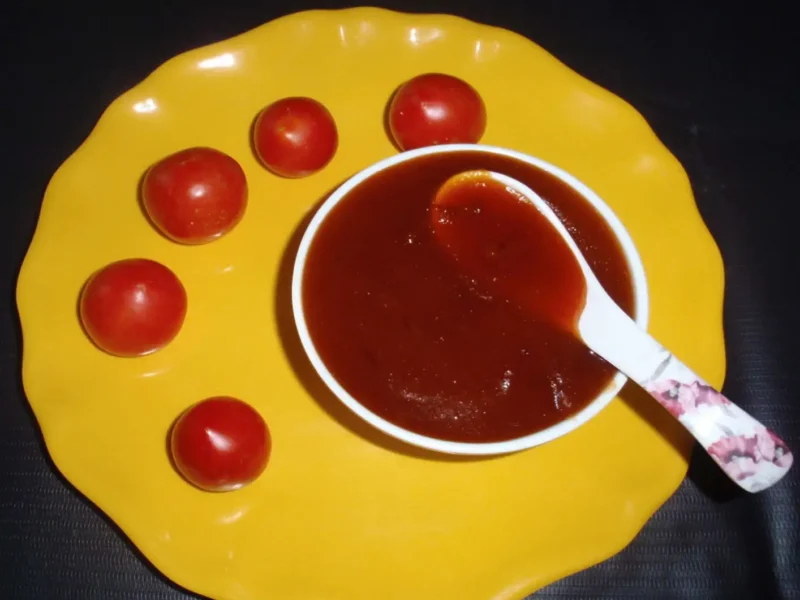Japan The Gourmet Paradise And Its Indian Connect
NEW DELHI, (IANS) – From the most delicate gyozas in Gion, to the fun izakayas of Hiroshima-a city that has transformed its tragic past to become quite the nightlife hub, to the modern sushiyas of Tokyo, Japan is a gourmet paradise, offering near perfect bites whether it is the street food takoyaki or a royal kaiseki meal that you have booked yourself in for. However, an Indian in Tokyo may question the wisdom of kare raisu!
Curry-rice in Japan is a staple, but to anyone bred on the complexity of Indian spicing, the kare is a pale imitator of the Subcontinent’s flavors. In fact, the Japanese curry is distinctly Japanese (and must be seen as such without referencing Indian food)-glutinous, sweetish, and with hardly any of the spices that we recognize as Indian.
At best, it reminds one of some of the Indian Chinese gravies we serve up in India. But regardless of its taste, kare does have Indian, or Anglo-Indian roots.
In the Meiji era of the 19th century, as Japan opened to outside influences after following almost 200 years of isolationist policies of the Edo period, a class of western foods got absorbed into Japan’s long and deep culinary traditions inspired by Buddhism.
Kare, along with the likes of korokke (croquet), katsu (cutlet) and scotch (that went on to fuel the whole Japanese whisky revolution in the mid-20th century), are part of this western “yoshoku” tradition.
Though Japan’s civilizational ties with India are long and extend back to the early days of Buddhism and Buddhist travelers who traversed India, China and Japan, curry entered Japan via the British. As officers of the British royal navy were posted to Japan, they brought with them the idea of the curry powder-a British invention-and curry-rice meals popular with Anglo-Indian officers.
These were taken up by Japan’s imperial navy and soon curry rice became popular as mess food, gradually changing form to becoming more “Japanese” in terms of flavor and ingredients used. The wheel has now come a full circle with “katsu curry” popular all over the world-from Italy to Hawaii and from Delhi to Chennai!
But much before the curry connection, the food of Japan-so minimalist in the way ingredients are treated and put together, and India’s culinary traditions which we may call “maximalist” with their layered spicing flavor combinations did share some common threads. Buddhism that travelled from India to China and then Japan and its worldview, much of it common with ancient Vedic and yogic thought, influenced how some of Japan’s unique culinary culture, even today thought to be full of esoteric ritualism, evolved.
You can see the centrality of India in Japanese worldview right till the Edo period (1603-1867) coinciding with the Mughal period in India. While India had already established trade contacts with Europe in this period-Thomas Roe arrived as ambassador from the court of James 1 of England in Surat in 1615 and spent four years in the Mughal court at Agra under Jahangir, negotiating trading rights and encountering difficulties because of his famous inability to procure valuable gifts for the emperor (!)-Japan remained shut to outside influences.
Earlier contacts with China and India meant that even in this period, maps depicted just these two countries as the entire inhabited universe. Jambudvipa, a mythic continent mentioned in Indian puranic literature, was part of Buddhist cosmology too-a large continent that the ancients considered to be all the inhabited world. Surprising maps of the Edo period recently available online reference this old idea of the jambudvipa-showing just the three regions of India, China, and Japan as the world.
In food too, we can find a referencing to ancient Indian thought if we trace the evolution of some dishes that you find today at modern Japanese restaurants. One of these is the donburi.
A rice bowl dish with different elements of fish, meats, vegetables etc. simmered in sauce and served on top of the rice, there are various varieties of donburi such as the classic “mother and child” (oyakodon), kaisendon (seafood), unadon (grilled eel) or tendon (tempura don) which all have their specific components and ways of serving the bowl.
This popular dish, however, traces its origin back to temple meals during the Edo period. In the early Edo period that saw increased urbanization, restaurants serving one-bowl meals with rice gained currency. These were called “kendon ya”, from which we get the term “don”.
But these rice bowl restaurants themselves were the successors of earlier meals. In the 14th century, houhan, Japanese food writers and blogs point out, was a temple meal where stewed vegetables were set on top of rice. The vegetables and dried ingredients were chosen in five different colors and arranged beautifully on top of the rice.
Further delving into this cultural practice of using five different colors and ingredients points to the Buddhist-and ancient Vedic-world view of the panchbhutas or panch mahabhutas, or the five elements thought to make up the world (and the human body). Vedic rituals till this day reference these-earth, fire, water, air, and space, and both Ayurveda and Buddhist philosophy borrow from this thought.
If houhan had five types of vegetables atop the rice, symbolizing all elements of the material word in harmony, ritualistic foods such as the “panchamrit” or literally “five amrits” in India (uncooked milk, curd, honey, ganga jal and tulsi leaf) symbolizing different properties of matter may be equivalent to that bowl.
Of course, when you enjoy modern Japanese food, these thoughts may be far from your mind. But then, if food is part of larger cultures, civilizational ties become apparent in the evolution of gastronomy.






Darleen Dhillon
/
I think you must mean “croquette”, not “croquet”—which is a lawn game.
May 25, 2023